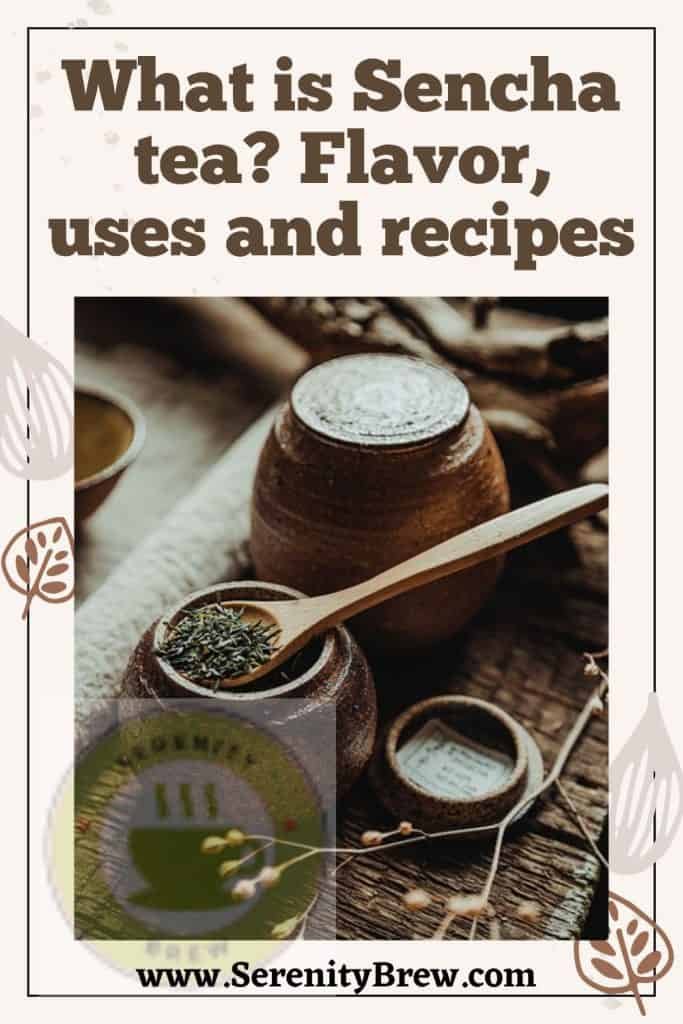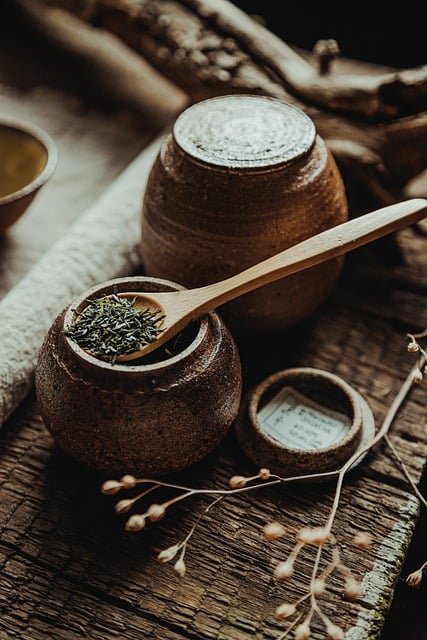
Coming from the Camellis sinensis or Yabukita plant that has been steamed, rolled and graded. It is one of the three most important types of green tea there is, it adapts to anyone’s taste and has a series of health benefits. Here you will learn what Sencha tea is , its uses and recipes.
This tea is drunk a lot in Japan, it is consumed daily, even sencha and matcha green tea have benefits . Its particularity is that its oxidation is avoided when it is made. In general, heat is applied to teas, in the case of Sencha it is steam, so the sencha tea and its properties are better preserved .
Sencha Tea Flavors
The flavor of Kirkland Sencha and Matcha green tea is very versatile, ranging from subtle to more intense, with little or a lot of astringency. In addition, its color goes from yellow to green with a very sweet aroma. The most common is the Yabukita leaf tea and can be harvested in spring, fall and summer. Its leaves are thin and are shaped like a needle when rolled.
Below are the most frequent flavors to buy Sencha tea:
- Another name it receives is new tea. It has a mild and sweet taste. Its harvest occurs in spring.
- It is the tea that has been vaporized for a short time (from 20 to 30 seconds). Its leaves are clean, very bright green and are not broken. The tea acquires a bright and delicate yellow-green color.
- The vaporization of this tea is 60 seconds. The subcategory is tokumoshi sencha, which takes more than 2 minutes to steam. Fukamushi’s is dark green in color, its leaves have a silky texture, although very broken.
There are other types of Sencha tea that are more expensive, they are produced in the same way, but shading is applied before harvesting.
sencha gyokuro
It is a rare Japanese green tea that has a particularly sweet and savory flavor. Shading is applied 20 days before harvest, this causes a greater amount of amino acids and acquires a salty flavor (umami).
Once the leaves are collected, the process is the same as sencha, but the temperature applied to it is 177ºF.
kabusecha
This type of green tea falls somewhere between gyokuro and sencha tea. The shading time before harvest is one week. Its flavor is sweeter than the traditional sencha. Although the latter can be shaded for a few days so that it acquires an intense, sweet and tasty flavor.
Sencha Wick
Its preparation is based on sencha and gyokuro sprouts. Although it has small leaves, it has a high quality.
sencha konacha
Sencha konacha tea is a type of green tea that is released from the leftovers that remain when the tea is produced. Among the items it contains: buds, tea dust and broken leaf particles. It is a tea that can have a very high quality.
sencha powder
This tea is different from sencha or matcha tea . The matcha is shaded for at least 4 weeks and when ground a very fine powder is obtained. In the case of sencha tea, the dust particles are thicker.
Sencha Tea Uses
This variety of Japanese sencha green tea is used to lose weight and has many other uses, thanks to the benefits of sencha green tea , these are:
- Due to its diuretic properties, it prevents fluid retention, promotes metabolism and eliminates fat. Is very recommended to lose weight.
- As it contains caffeine (less than coffee) it is a great stimulant for the nervous system, especially at the start of the day.
- Its antioxidants such as catechins, polyphenols and chlorophyll help reduce bad cholesterol in the blood and improve the circulatory system.
- It is rich in tannins, so it protects blood vessels and eyesight.
Sencha Tea Recipes
We will teach you three ways to prepare sencha tea .
cold with ice
To prepare this Green Tea with a pleasant flavor and low in caffeine, the following should be done:
Take a teapot and add 1 ½ sencha tea and ice cubes to the top. Let the ice melt naturally. Once it’s all melted, your preparation is over. Serve in cups and make sure the leaves are well filtered.
Pre-heated cold sencha tea
The preparation of sencha tea consists of first heating the water and then letting it cool, so it will be more concentrated and astringent. The steps are:
In a teapot add 1 ½ of sencha tea with 200 ml of hot water at 80º C. Let it infuse for three minutes. Don’t leave it too long or it will have a stronger flavor. Serve with ice.
Sencha tea with cold water
This tea is pleasant to taste, it is not very concentrated, so it has little caffeine. Preparing it is easier than the others.
In a teapot add 1 ½ tablespoons of sencha tea , a liter of fresh water and take it to the fridge for about 6 hours. After the time has elapsed, gently shake the teapot and serve it in cups little by little to distribute the flavor well in each one of them.
Side effects of sencha tea

Among the side effects and contraindications of sencha green tea are:
- Allergic reaction. Symptoms could be: shortness of breath, sore throat, upset stomach, and flushed skin.
- Poor iron absorption. Its antioxidants and compounds can affect the absorption of iron, causing anemia.
- Upset stomach. Being rich in tannins, it can cause irritation in the stomach, such as diarrhea, cramps, nausea and vomiting.
- As it contains caffeine, it is not recommended during pregnancy or consumed in small amounts.
